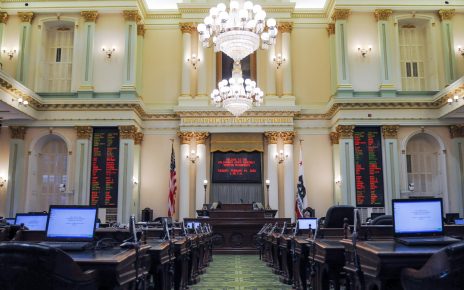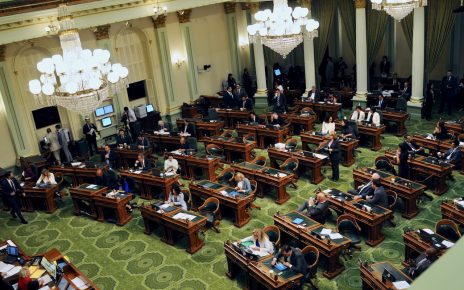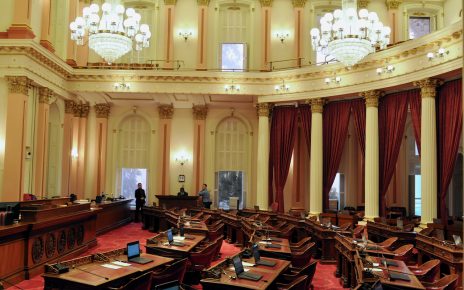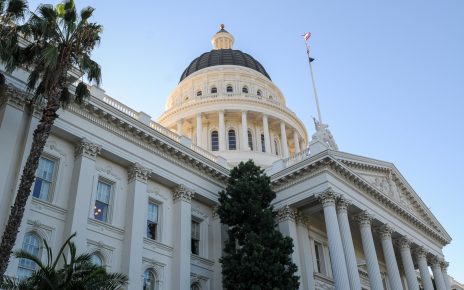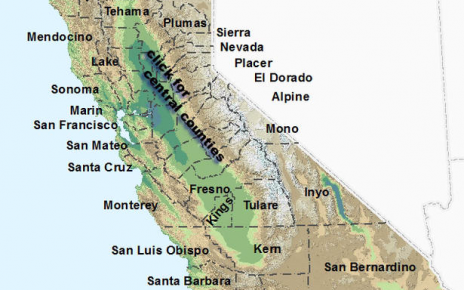Why Do California Bills Have Certain Provisions?
Why do bills in the California Legislature contain certain provisions? I am sure some readers have asked that question at least once! Or so I tell myself. Here are some examples of what I mean with an explanation: Why does...


